Solar water heaters are a popular and environmentally friendly alternative to traditional water heating systems. They harness the power of the sun to heat water, reducing energy costs and minimizing carbon emissions. While professional installation can be expensive, many individuals choose to build their own solar water heaters, commonly known as DIY (do-it-yourself) systems. This summary will explore the benefits of DIY solar water heaters, discuss the necessary components and materials, provide a step-by-step guide to building one, and highlight some important considerations. Benefits of DIY Solar Water Heaters: 1. Cost-Effective: Building a solar water heater yourself typically costs significantly less than purchasing a pre-built system or hiring a professional installer. 2. Energy Efficiency: DIY solar water heaters can significantly reduce electricity or gas consumption, leading to lower energy bills and a smaller carbon footprint. 3. Independence: By constructing your own solar water heater, you gain knowledge and skills that empower you to maintain and repair the system on your own.
Solar water
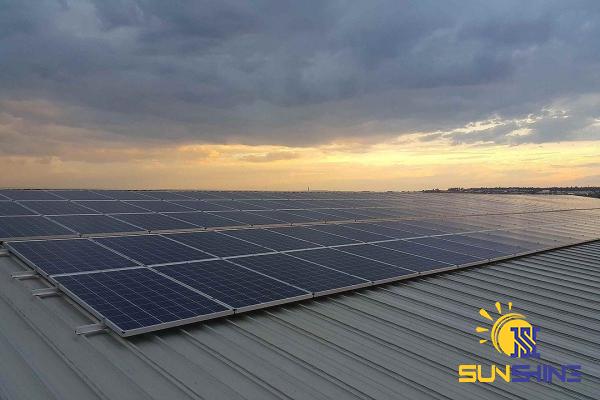 4. Customization: DIY systems allow for flexibility in design, enabling users to adapt them to their specific needs and available space. Components and Materials: There are several key components required for a DIY solar water heater. These include: 1. Solar Collector: This is the device that absorbs the sun’s energy and transfers it to the water. It can be a flat-plate collector or an evacuated tube collector, both of which are readily available in the market or can be constructed using basic materials. 2. Water Tank: The water tank stores the heated water, which can be a standard electric or gas water heater tank adapted for solar use. 3. Heat Transfer Mechanism: A pump or a thermo-siphoning system is required to circulate water between the collector and the tank, allowing for efficient heat transfer. 4. Insulation: Proper insulation ensures that the heated water retains its temperature for longer durations, reducing heat loss and improving overall efficiency.
4. Customization: DIY systems allow for flexibility in design, enabling users to adapt them to their specific needs and available space. Components and Materials: There are several key components required for a DIY solar water heater. These include: 1. Solar Collector: This is the device that absorbs the sun’s energy and transfers it to the water. It can be a flat-plate collector or an evacuated tube collector, both of which are readily available in the market or can be constructed using basic materials. 2. Water Tank: The water tank stores the heated water, which can be a standard electric or gas water heater tank adapted for solar use. 3. Heat Transfer Mechanism: A pump or a thermo-siphoning system is required to circulate water between the collector and the tank, allowing for efficient heat transfer. 4. Insulation: Proper insulation ensures that the heated water retains its temperature for longer durations, reducing heat loss and improving overall efficiency.
Specifications of solar water
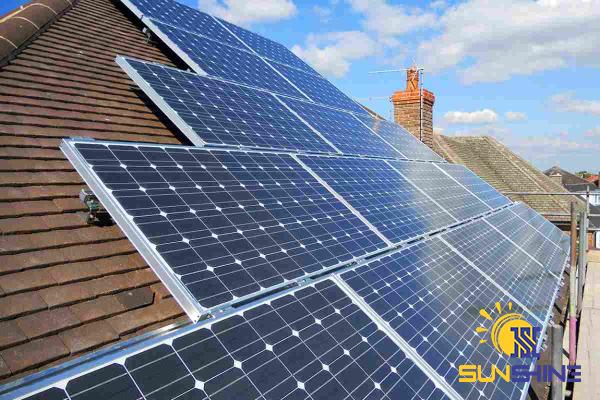 5. Plumbing and Control Systems: Pipes, valves, and control mechanisms are necessary to manage the water flow and temperature regulation. Step-by-Step Guide to Building a DIY Solar Water Heater: 1. Determine System Size: Calculate the required size of the system based on your household’s water consumption and available space. 2. Collect Necessary Materials: Acquire the required components, including the solar collector, water tank, insulation materials, piping, and control systems. 3. Position the Collector: Install the solar collector on the roof or other suitable location with maximum exposure to sunlight. 4. Connect the Collector to the Tank: Install appropriate piping to connect the collector and the water tank, ensuring optimal water flow. 5. Insulate the Tank and Piping: Apply insulation materials to prevent heat loss from the tank and pipes, maximizing energy efficiency. 6. Set Up the Control System: Install valves, sensors, and a controller to regulate the water flow and maintain desired temperatures.
5. Plumbing and Control Systems: Pipes, valves, and control mechanisms are necessary to manage the water flow and temperature regulation. Step-by-Step Guide to Building a DIY Solar Water Heater: 1. Determine System Size: Calculate the required size of the system based on your household’s water consumption and available space. 2. Collect Necessary Materials: Acquire the required components, including the solar collector, water tank, insulation materials, piping, and control systems. 3. Position the Collector: Install the solar collector on the roof or other suitable location with maximum exposure to sunlight. 4. Connect the Collector to the Tank: Install appropriate piping to connect the collector and the water tank, ensuring optimal water flow. 5. Insulate the Tank and Piping: Apply insulation materials to prevent heat loss from the tank and pipes, maximizing energy efficiency. 6. Set Up the Control System: Install valves, sensors, and a controller to regulate the water flow and maintain desired temperatures.
buy Solar water
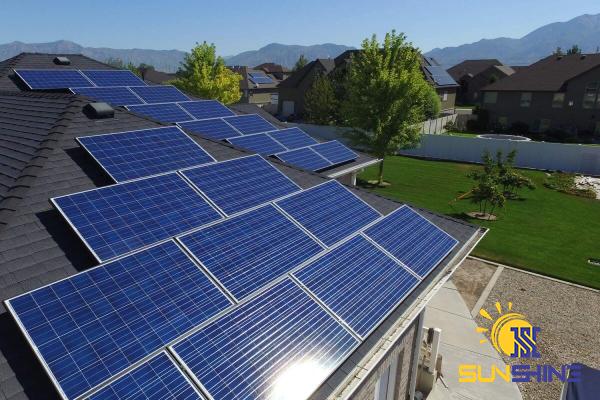 7. Test and Fine-Tune: Once the system is fully set up, test it thoroughly, make any necessary adjustments, and ensure proper functionality. Considerations: 1. Local Regulations: Before building a solar water heater, it is important to check local regulations and obtain any necessary permits or approvals. 2. Local Climate: The efficiency of a solar water heater is affected by the local climate, so it’s crucial to consider the amount of sunlight available throughout the year. 3. Maintenance and Safety: Regular maintenance is required to ensure optimal performance and prevent potential issues. Additionally, it’s essential to follow safety guidelines and consider factors such as freeze protection in colder climates. In conclusion, building a DIY solar water heater can be a cost-effective and environmentally friendly way to heat water while reducing energy consumption. By following a step-by-step guide and considering important factors such as local regulations and climate, individuals can successfully construct their own solar water heating systems. With proper maintenance and care, these DIY systems can provide efficient and reliable hot water for years to come.
7. Test and Fine-Tune: Once the system is fully set up, test it thoroughly, make any necessary adjustments, and ensure proper functionality. Considerations: 1. Local Regulations: Before building a solar water heater, it is important to check local regulations and obtain any necessary permits or approvals. 2. Local Climate: The efficiency of a solar water heater is affected by the local climate, so it’s crucial to consider the amount of sunlight available throughout the year. 3. Maintenance and Safety: Regular maintenance is required to ensure optimal performance and prevent potential issues. Additionally, it’s essential to follow safety guidelines and consider factors such as freeze protection in colder climates. In conclusion, building a DIY solar water heater can be a cost-effective and environmentally friendly way to heat water while reducing energy consumption. By following a step-by-step guide and considering important factors such as local regulations and climate, individuals can successfully construct their own solar water heating systems. With proper maintenance and care, these DIY systems can provide efficient and reliable hot water for years to come.
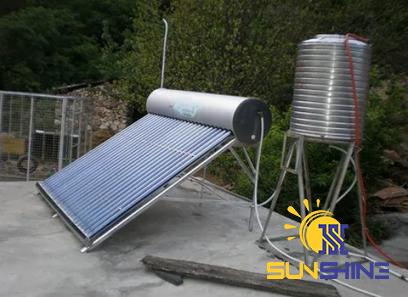
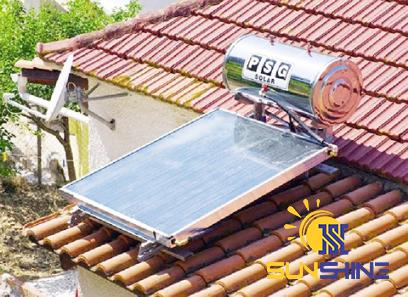
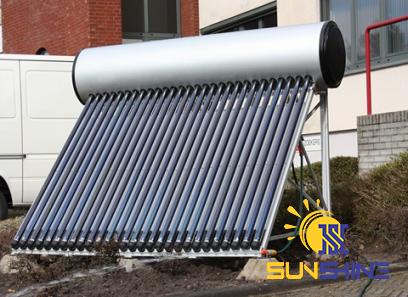
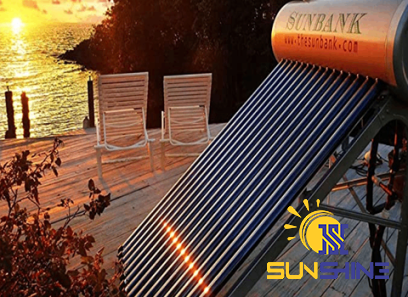
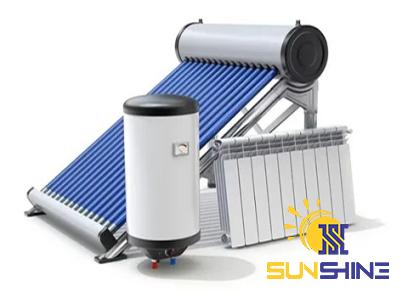
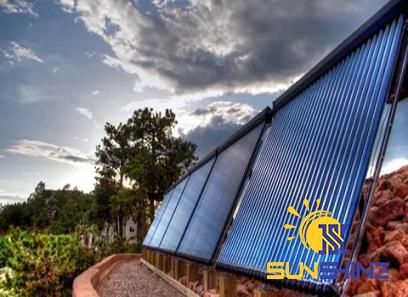
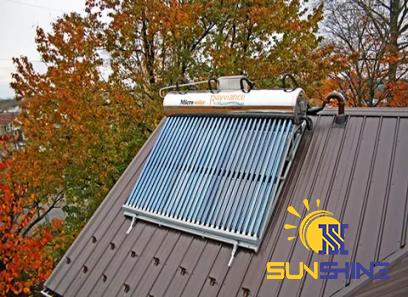
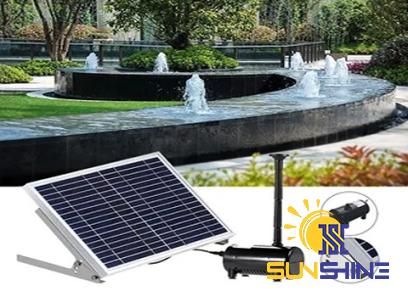
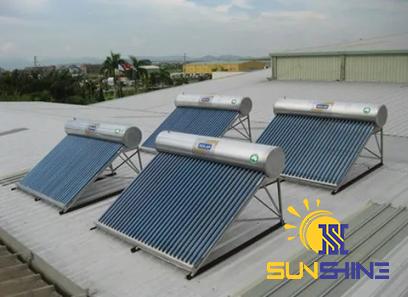
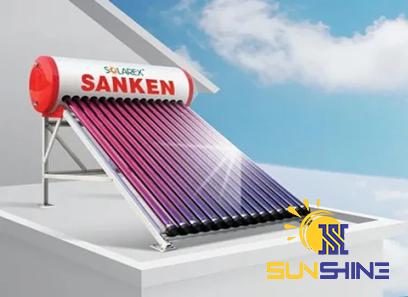
Your comment submitted.